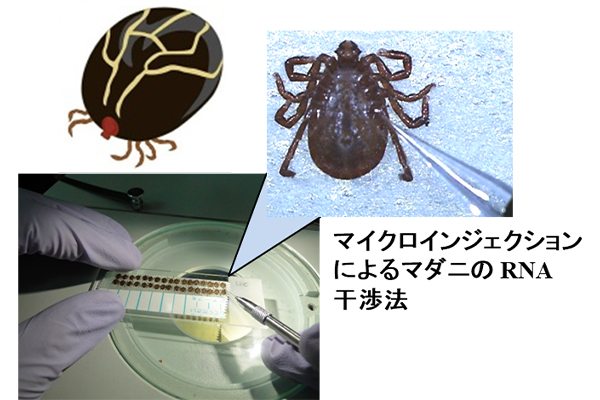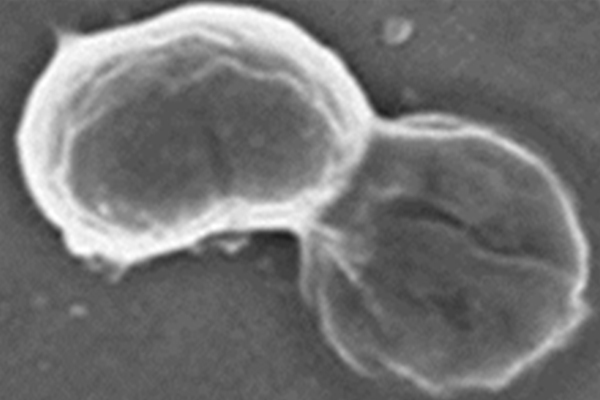Overview
Microorganisms (parasites, fungi, bacteria, etc.) are the most numerous and extremely diverse organisms on earth. Notably, they have remarkable adaptability and survival capabilities. Ticks, which parasites animals and suck their blood, are highly adaptable, and some can survive for long periods of time without eating or drinking. Bacteria exist everywhere, from ordinary living environments to extreme environments such as near hydrothermal waters, in the deep sea, and on icebergs, as well as in the intestines and epidermis of humans and animals and are adapted to their environments. On the other hand, both these microorganisms and we humans manage information with genes consisting of the same five nucleobases and are composed of the same 20 (21-22 depending on the species) amino acids.
Among the wide variety of microorganisms, only a few are pathogenic. In the Laboratory of Animal Microbiology, we are researching the “virulence” of pathogenic microorganisms in livestock animals and environmental health. We are interested in questions such as “What can go wrong with the pathogen?”, “How do pathogens spread?”, and “What are the characteristics of drug-resistant pathogens?” To answer these questions, we focus on the metabolism, physiology, and immune mechanisms of microorganisms, and aim to elucidate their mechanisms at the gene and protein levels. We are also developing new measures to control infectious diseases by incorporating these findings and new analytical methods into antimicrobial agents and other products.




